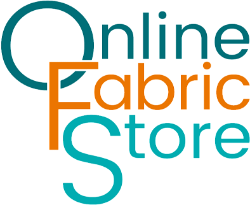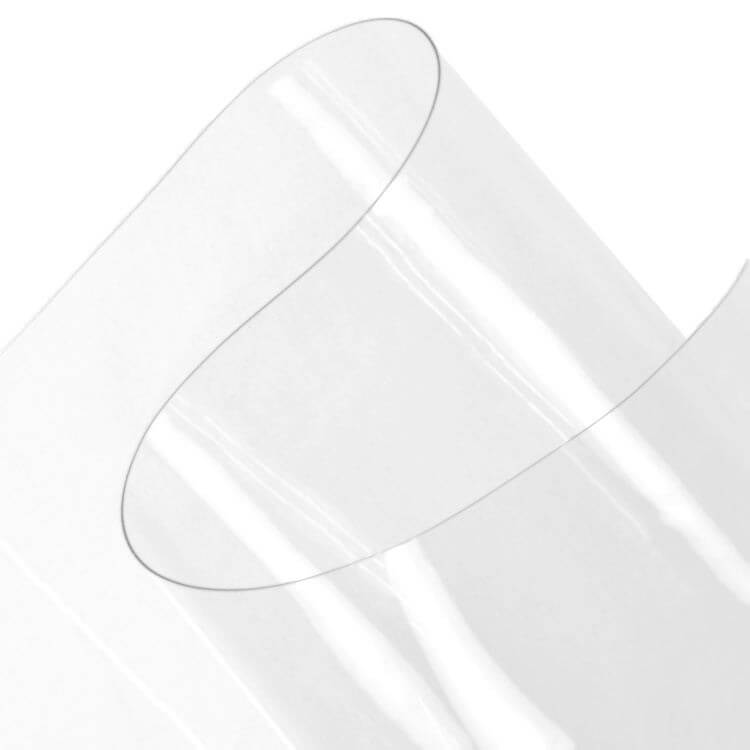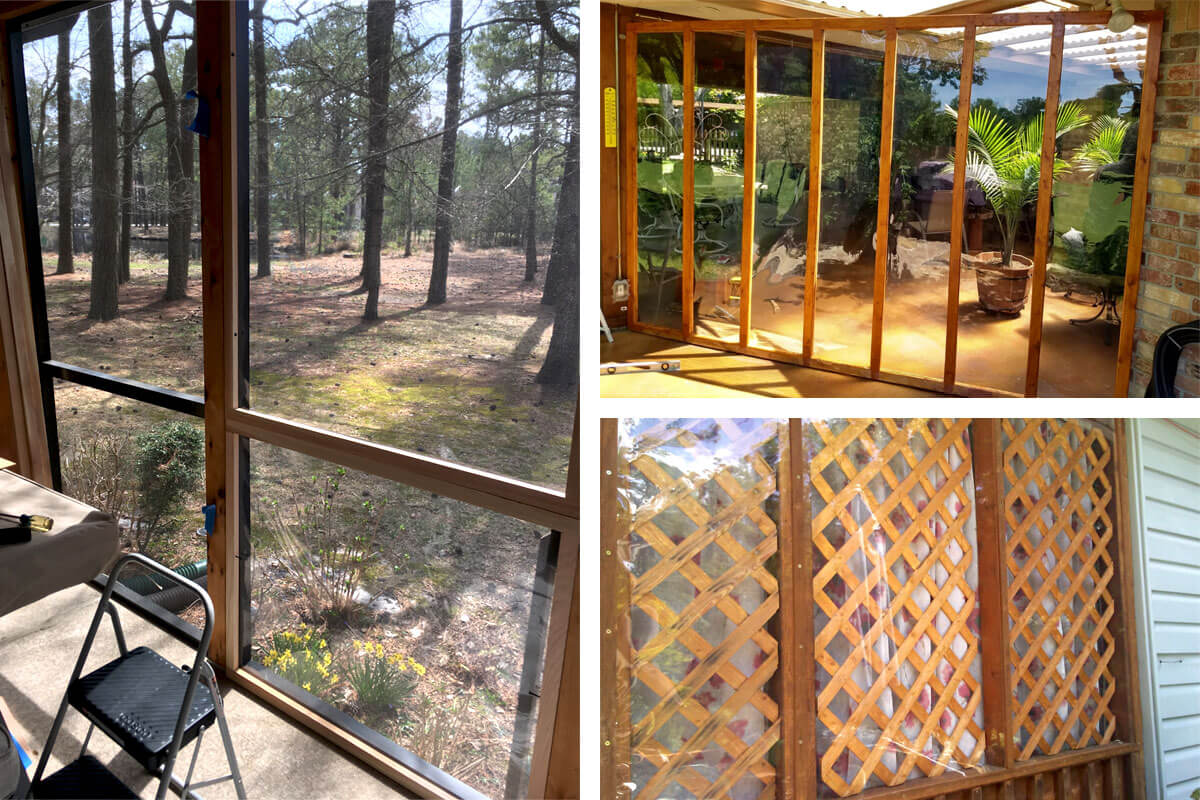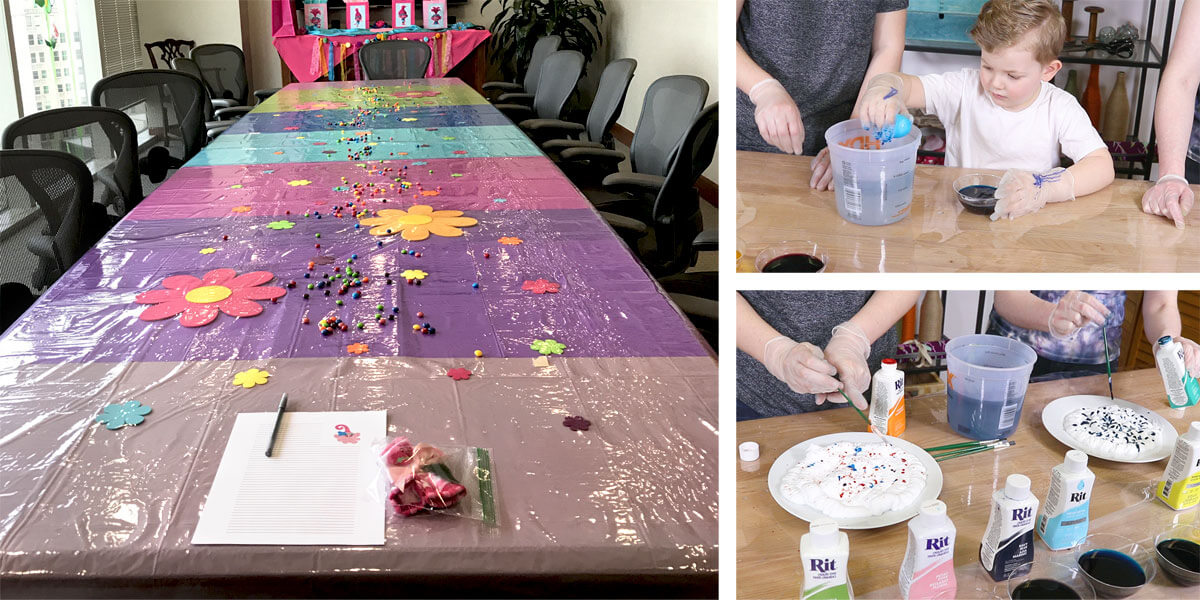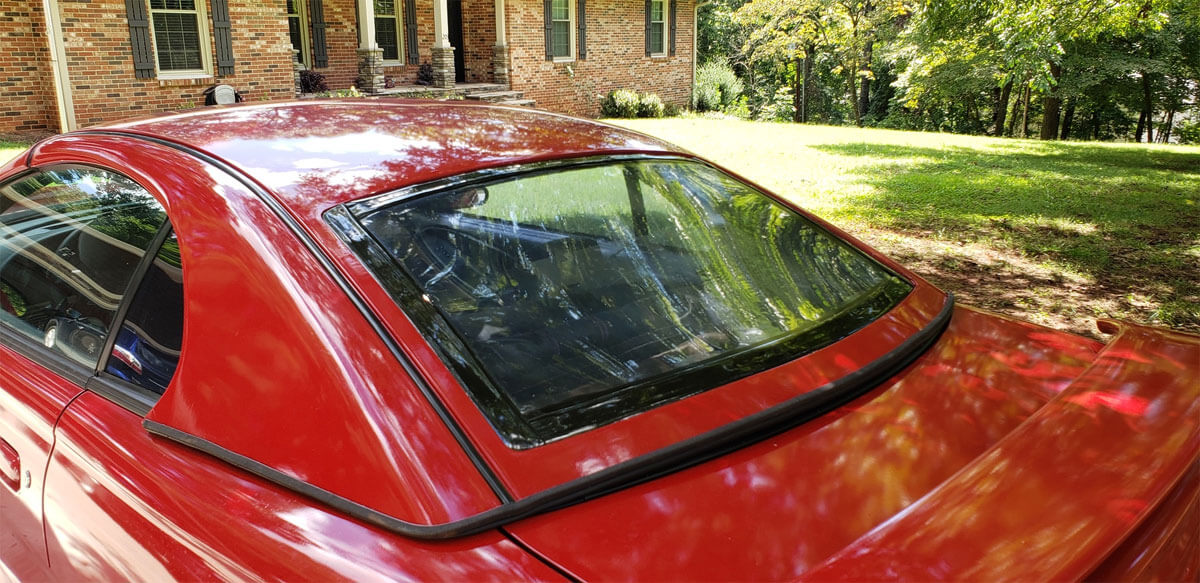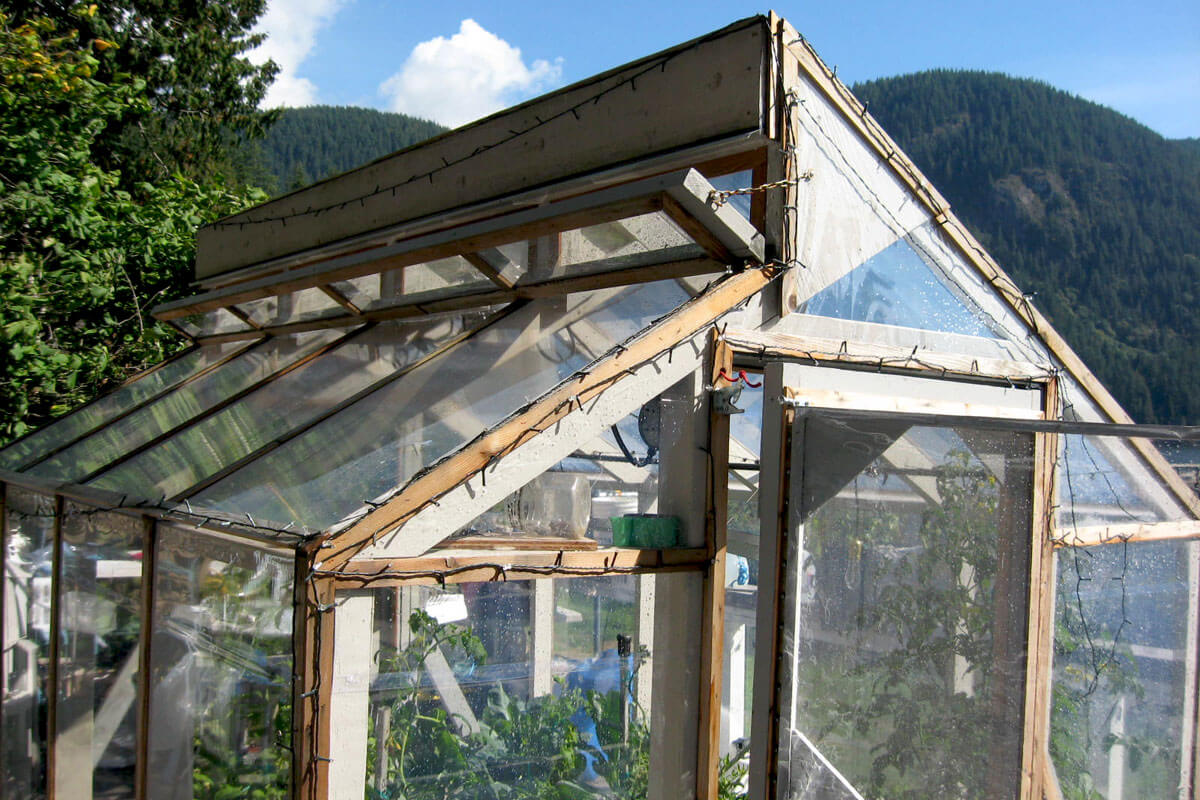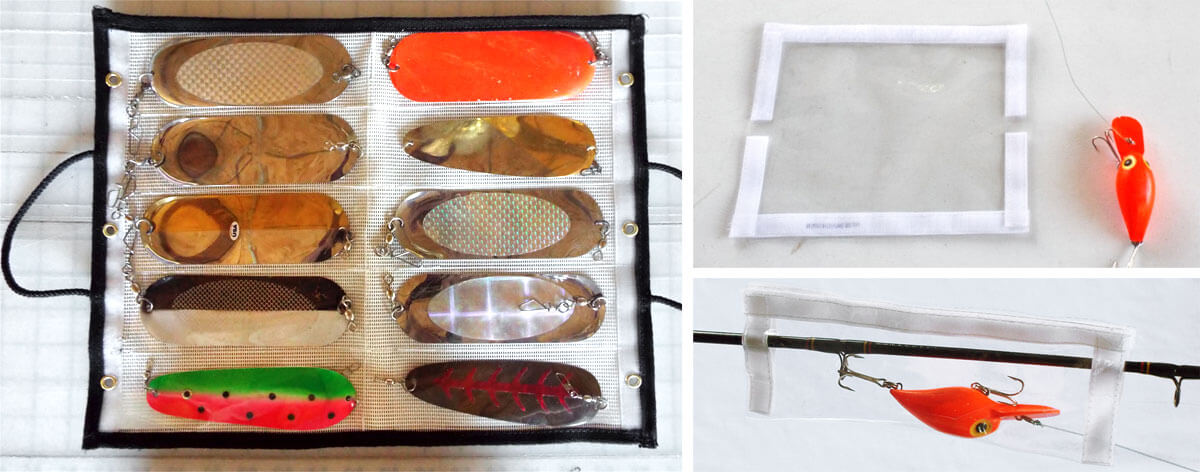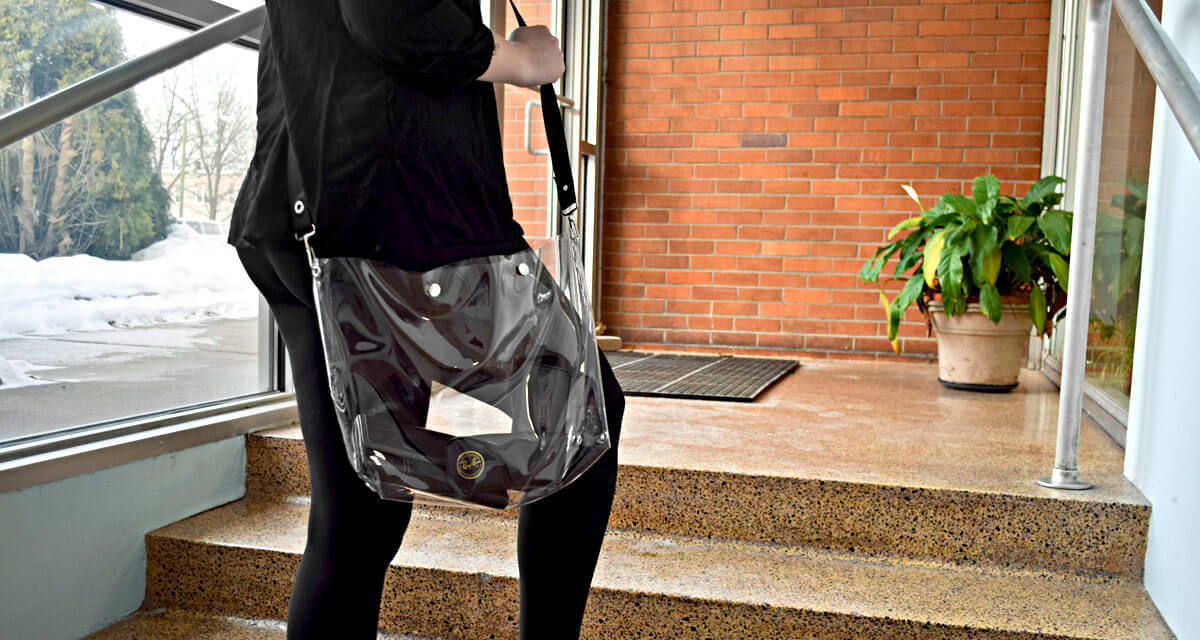Clear Vinyl Product Spotlight Video
Common Uses of Clear Vinyl Fabric
There are so many uses for clear vinyl and so many gauges that you can consider for each of these uses that we always suggest ordering a couple of samples to see what will work best for your project. Usually, there’s not a single gauge that’s best, and it really depends on your personal preferences. So we’ll try to give you a sense of what is commonly used and you can decide what will work best for your application.
Storm windows and winterization
This is the #1 reason why our customers buy clear vinyl. It provides protection from leaks and drafts, yet it is very clear and won’t obstruct your view. It can also withstand cold temperatures and is waterproof.
A common question is what gauge should be used. All gauges will do the job and can be used in different circumstances. For storm windows and frames, lower gauges are more popular from about 6 to 16 gauge. This is especially true if you’re using a screen window and spline to hold it in because the vinyl has to be thin enough to work with the spline.
For roll-up porch protectors, medium gauges like 16 and 20 work well.
If you want more heavy-duty protection, the higher gauges are the better option. 30 and 40-gauge vinyl are the best for extremely low temperatures. Since the higher gauges are stiff, they are better for when you want a more rigid vinyl. They are good for stapling or nailing to porch or patio posts.
A common way of applying medium to heavy gauges is to staple it to the post or frame, then attach thin strips of wood over the staples to hold the vinyl tight and provide a more finished look.
Adhesive-backed Velcro is an option if you want the vinyl to be removable, which you can find here.
There are many ways you can use clear vinyl to winterize, so there isn’t one answer to which gauge is best. It depends on what you’re looking for and how you are going to apply the vinyl.
I purchased 25 yards of the 10 gauge clear vinyl to replace my poly covered storm window frames in 2015. I couldn’t have been more satisfied not only has it been much more efficient in keeping out the cold of our west coast Canadian winter but it has allowed us to see what is going on outside our windows through the winter months and actually you wouldn’t even know it was there it is so clear. Very satisfied and yes it comes rolled up with paper separating the layers. Last year we had 0 degree weather for several weeks and it wasn’t stood up just fine. I would recommend it 100%.
-Kenneth, OFS Customer
Tabletop protection
Another common use for clear vinyl is protecting tables. If you want to protect a tablecloth or you want the vinyl to hang like a tablecloth, lighter gauges like 4, 6, or 8 work well.
If you want to cut the vinyl to the size of the table or desk to use as a protective pad, the 40 or 60 gauge are probably what you’re looking for.
Not only is clear vinyl great for protecting dining tables from food and spills, but also for protecting desks from scratches, outdoor tables from water damage, and craft tables from messy projects. Similarly, vinyl can be used for drop cloths.
Furniture Protection
When you think clear vinyl, you may think of grandma’s living room’s plastic-covered sofas. And you can definitely use this clear vinyl for that! Use light to medium gauges for clear vinyl slipcovers to protect furniture from kids and pets.
You can also use it to cover outdoor furniture for the winter or to protect items stored in the garage from dust.
Pet Doors
A common use for the 40 or 60 gauge vinyl is dog and cat doors.
I used this [60 gauge clear vinyl] on both sides of an opening for a doggy door for my large dogs. It is sturdy and keeps the temperature in the garage much more comfortable.
-Craig, OFS Customer
Windows
Use the 30, 40, 60, or 80 gauge vinyl for windows on boats, tents, tractors, sheds, and other places where a non-glass window is needed.
Thin to medium gauges are great for windows in garment bags, under-bed storage, and similar items where a clear window is handy for being able to see what’s inside.
Greenhouses
Clear vinyl is also great for greenhouses. Like when used on porches, the gauge depends on how you’re applying it. If stretching across frames, thin to medium vinyl is better, and the more rigid gauges are best for stapling or attaching to posts.
Photo, Label, and ID Pockets
Clear vinyl is also great for ID pockets in wallets and bags, label holders on items like storage bins, and for photo pockets on quilts. Thin to medium gauges are best for these uses, like 10 to 16 gauge.
We used clear vinyl in our hanging pocket organizer and shoe organizer tutorials.
-
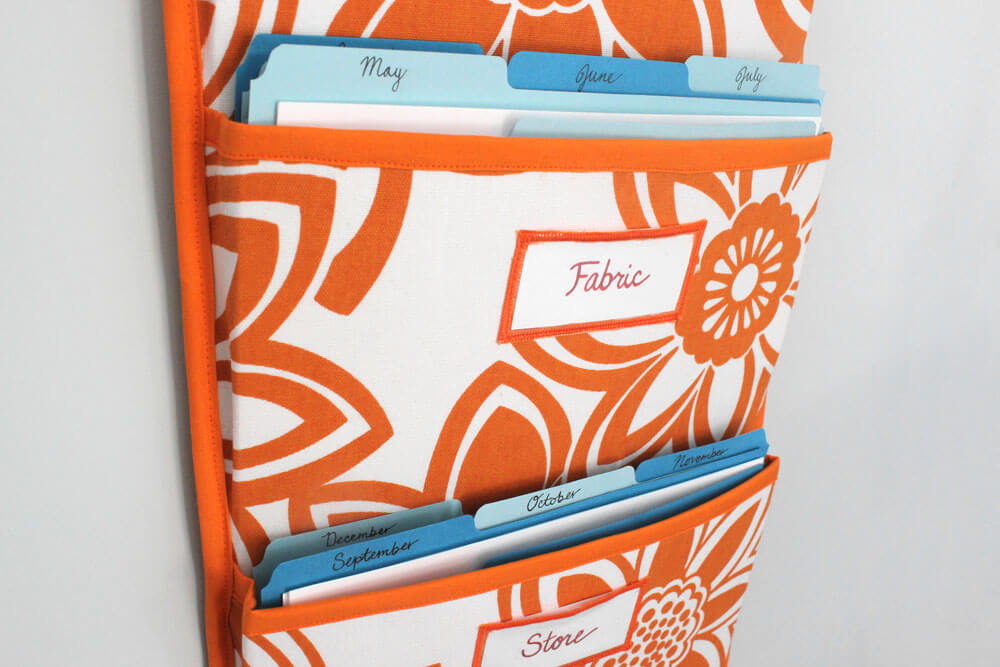 Hanging pocket organizer with 10 gauge clear vinyl label pockets
Hanging pocket organizer with 10 gauge clear vinyl label pockets
-
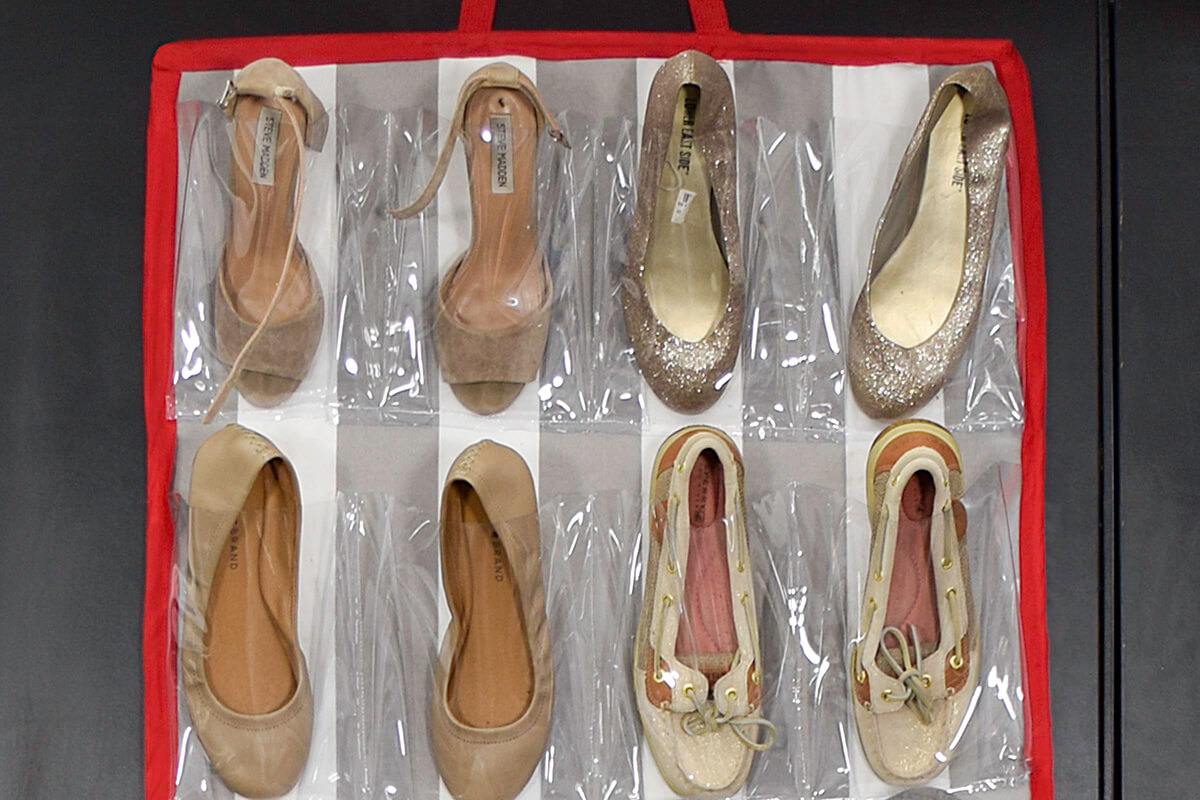 Shoe organizer with 16 gauge clear vinyl
Shoe organizer with 16 gauge clear vinyl
Bags and Bag Liners
You can use clear vinyl for bag liners or entire bags, like for cosmetic bags, beach bags, diaper bags, and tote bags. Thin gauges are good for linings and medium gauges for bags.
We used 16 gauge in our no-sew clear vinyl bag tutorial.
Garments
The fashion-forward may use clear vinyl for clothing, whether it’s for more practical uses, like jackets and aprons, or for more unusual applications like skirts, pants, and other wearable items.
Curtains
You can make your own shower curtains out of clear vinyl to fit your shower. 6, 8, and 10 works for this.
Or cut strips to make curtains like you would find in cold food storage rooms. Heavier gauges are usually used for this kind of curtain.
Working with Clear Vinyl
Cutting
All our gauges can be cut easily with scissors or a utility knife, even the thick clear vinyl of 60 gauge. Thinner gauges can also be cut with a rotary cutter.
Installing Grommets
Grommets and eyelets are commonly used with clear vinyl and are easy to install. See our no-sew bag tutorial to see grommets and eyelets installed to hold multiple layers of vinyl together and for use with bag hardware.
Sewing
Most gauges can be sewn with a regular sewing machine. For outdoor use, we recommend this nylon thread because it is strong and weather resistant.
For other uses that don’t require high strength, like bag liners, ID or photo holders, and tablecloths, the regular All-Purpose Polyester Thread is fine.
Universal needles work well. Like other fabrics, use smaller needles for thinner vinyl and larger for thicker ones. Use size 16 or 18 when using nylon thread.
Keep in mind, sewing will create small holes making it not 100% waterproof. Likewise, it’s best to hold together layers of vinyl with clips instead of pins because pinning will create permanent holes.
A regular sewing foot is often fine, but a Teflon or roller foot works the best.
For some applications, you can use heavy-duty clear tape to attach pieces of vinyl together.
Cleaning
When it comes to the question of how to clean clear vinyl, we suggest rinsing it, then polishing it dry with a soft cotton cloth or microfiber cloth. You may also use a vinyl cleaner for some applications.
Temperature
Each gauge of vinyl has a cold crack rating. This is determined with an impact test or by sharply folding the vinyl. The vinyl will become more brittle the colder it gets, but it doesn’t necessarily mean that it will crack. If you’re not handling it roughly, it may be fine in colder temperatures.
The cold crack temperature is 0° F for all gauges up to the 30 gauge. The 30 gauge rating is -29° F, the 40 gauge is -30° F, and the 60 gauge is -10° F.
Find the Clear Vinyl Fabric Perfect for Your Project
Clear vinyl fabric is a versatile material that can elevate your creative projects and fulfill practical needs. By considering factors such as transparency, flexibility, and intended use, you can make an informed decision about the gauge that suits your project best. Remember, ordering samples is an excellent way to ensure you choose the perfect clear vinyl fabric for your specific requirements. Start browsing our selection today and embark on your exciting journey of working with clear vinyl fabric.
